“On the list were wings, a cape and a unicorn”. Silje Salomonsen about ‘Sisters: the Summer We Found our Superpowers’
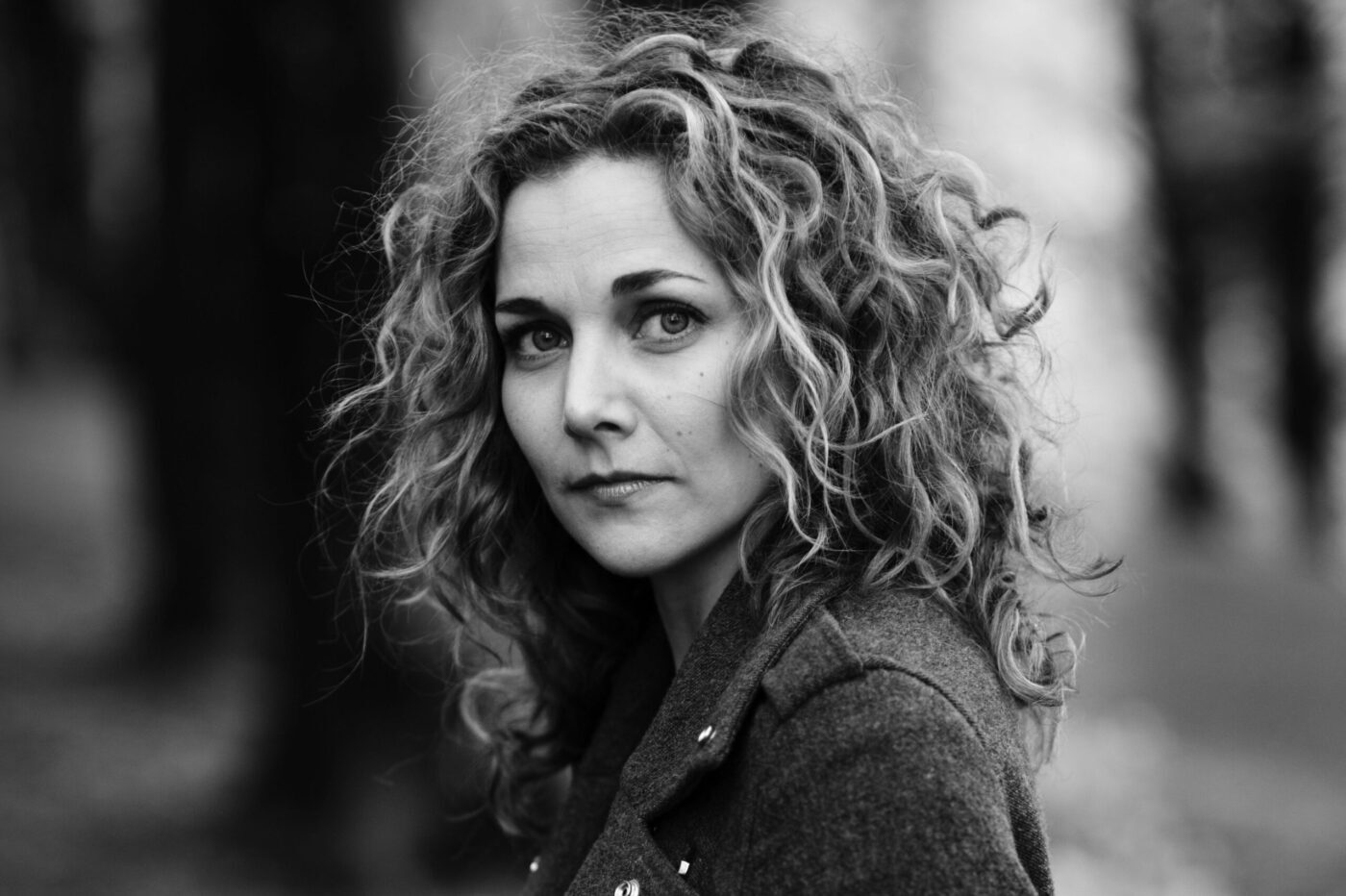
Vega, 9 years old, sets off on a hiking trip through the wilderness with dad and her little sister Billie. A blissful adventure, until dad gets stuck in a rocky cleft. The sisters are sent off to seek help. Lost in the forest, left to their own devices, they discover powers they never imagined in themselves: the superpowers of… sisters!
Billie and Vega are opposites in every sense. In the opening scene the right words are found to define how exactly they differ from each other: it’s about Lego structures, reading manuals, and “magic packing”. There is a resignation in Vega’s voice every time she describes herself as “the normal one”.
Gert Hermans: I’ve heard many theories about the magic word ‘Tottori’ in your film. Most of those theories refer to Hayao Miyazaki’s film.
Silje Salomonsen: None of us had seen ‘My Neighbour Totoro’ by the time we made ‘Sisters’. The word ‘Tottori’ was made up by Billie during the shooting when her older sister, Vega, was spelling out the word ‘Pappa’ (daddy). As Billie was only four years old at the time and couldn’t spell, she made up her own word ‘Tottori’ instead. The word stayed with us as the term to describe ‘the world of magic powers’. Meanwhile we all have seen the Japanese film and are intrigued by the many parallels with our movie, which is a kind of magic in itself.
I was deeply moved by the tone of your openings scene.
Setting that tone right from the beginning was utterly important. It was one of those scenes that we came back to over and over again in the editing process. We worked hard on creating the right mood with the music, and we probably had more than ten different voice-over versions before landing on the one we’re using now.
Would a child recognize its own “normality”?
Interesting question. We think it would be possible for a child aged nine to have an understanding of its role in the family dynamics, and to recognize itself as more ‘normal’ or ‘boring’ compared to other family members.
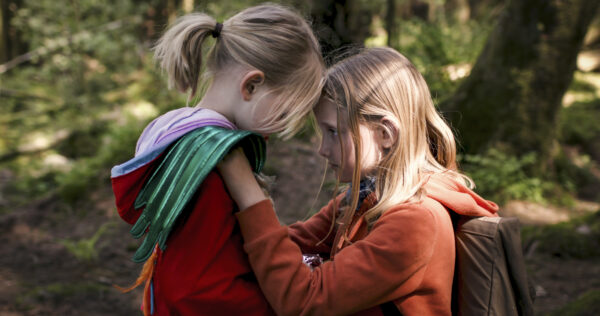
Those kids are simply sensational. Would it have been a different film if it were another Vega and another Billie?
There is no easy answer to that question. Casting is essential for every movie, and the interaction between actor and persona is complex. The characters of Vega and Billie are inspired by two real girls, but their character traits are more enhanced in the film. After all it is fiction. We casted our daughters – yes, we are a family in real life, the directors are husband and wife and the girls are our daughters – which was not an obvious choice early in the writing process. They actually appeared in our previous film ‘Now It’s Dark’ so they had some experience.
What did this film do for the dynamics in the family? And since it’s such a broad vague, I’ll ask you three sub-questions: What impact did this film have on the parental role?
Before the shooting started, we expected using our own children to be easier. It was not! Actually it turned out to be one of the hardest things we ever did. Because the kids know us so well, they know exactly which buttons to push. But it also brought the family together, especially during post-production, and we enjoyed the process of creating something together. We have almost forgotten now how frustrating it sometimes was. And to be honest, it was also a lot of fun on the set from time to time.
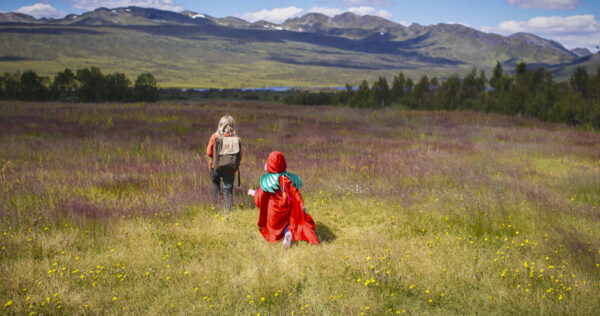
What impact did it have on the bond between Vega and Billie?
Salomonsen: We wanted to teach them that appreciating the creative process is more important than the final result or how it is received. Therefore it was important to include them into every part of the process. We like to think they might have gained something from that as human beings, but I guess the answer to that can only be noticed in 10 years or so.
And what impact did it have on the parents?
Salomonsen: We have worked together for 25 years, mostly as actress and director. The first 10 years our relationship was strictly professional, but in 2005 we became a couple. On the last movies we did together (‘It’s only Make Believe’; ‘Now It’s Dark’) the line between director and actor started blurring, and on ‘Sisters’ we decided to share the directing credit. Making movies together is a natural process for us; it is and has always been a way of life in this family.
There is so much of the story to read on the girls’ faces. Did this influence the way you handled the camera? Did you particularly focus on those eyes that sparkle in such expressive ways?
Salomonsen: Eyes are probably the most powerful transmitter of emotions, so the answer is definitively yes. But that expressive transmission is one of the most magic things in the universe, so it’s hard to speak about it without sounding like a weird mystic.
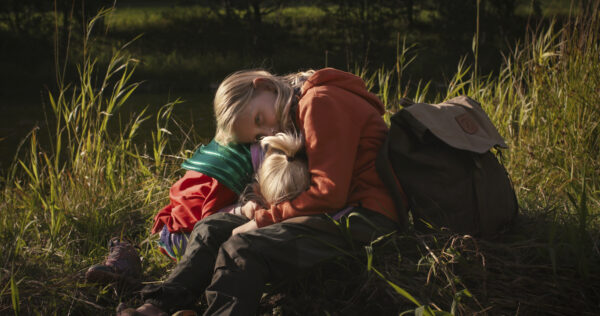
There is a strong fascination for the little things in life and in nature.
Salomonsen: The way children look at the world was important from the start. A fascination for the things right there, in front of our eyes, is a habit that sometimes disappears when growing up. That is one of the reasons why we chose to live our lives this way – we never really grew up. Making this movie with only the two of us behind the camera, we could respond more quickly and flexibly to things than if we would have worked with a regular-size crew. We worked hard to get across the right sensory feeling of wood, grass, insects and the sound of nature. In this respect ‘Sisters’ is probably more influenced by Terrence Malick’s ‘The Thin Red Line’ than by other children’s films.
How common is it for Norwegian families to go hiking?
Salomonsen: Very common, but not in our family. For us it was completely non-typical to spend so much time in nature, but now we have grown quite fond of it.
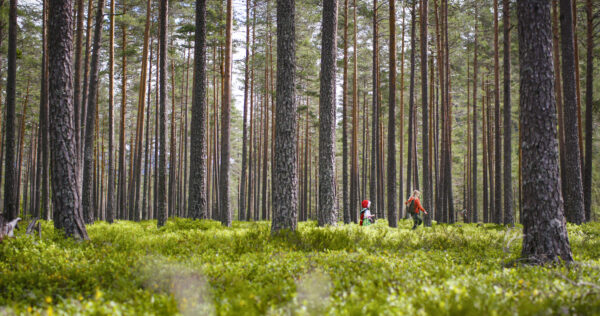
The girls’ costumes have a big impact on the film’s visual image. Did you even try to find matching colours?
Salomonsen: Billie actually co-designed her own costume. We wanted it to reflect a child’s imagination, so Billie gave our costume designer Maria Brinch a list of the assets she wanted. On that list were wings, a cape, a unicorn… She got all of it!
Sooner or later everything turns into a play. Even getting lost eventually turns into ‘playing in the woods’. Was every part of their play scripted?
Salomonsen: The fact that children can treat everything as some sort of game was very important to the story. The overall storyline was scripted but many of the dialogues (especially Billie’s) were improvised. Acting is often called “playing”, which is something kids do all the time, so in a way they are born actors.
In the best children’s films, kids are capable of solving their own problems. ‘Sisters’ takes this element to a next level; these kids have to handle everything by themselves. Is it important that they get all the credit?
Salomonsen: In many children’s films the grown-ups in the end are saving the day, which we absolutely wanted to avoid. The two girls have to figure it all out by themselves. The fact that every grown-up in this film has either fallen into a hole or got lost in some kind of mental wilderness was an important issue. In a way we want to prepare children to take life into their own hands. At the same time we make clear that parents serve as powerful role models for their children, and that we all need each other in the end.


